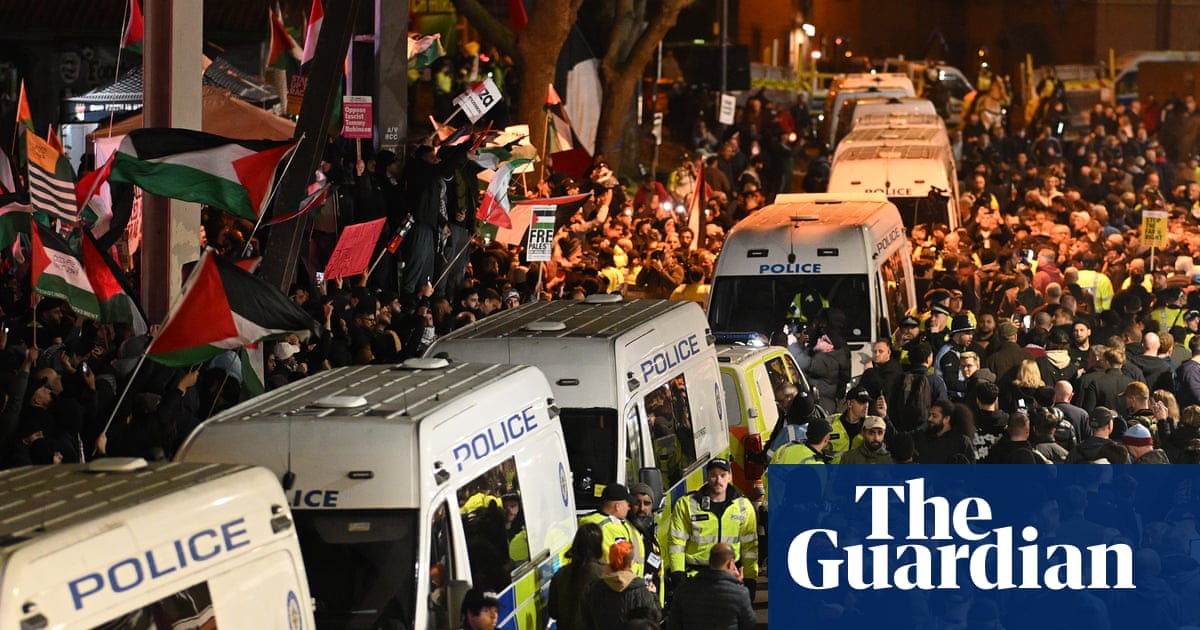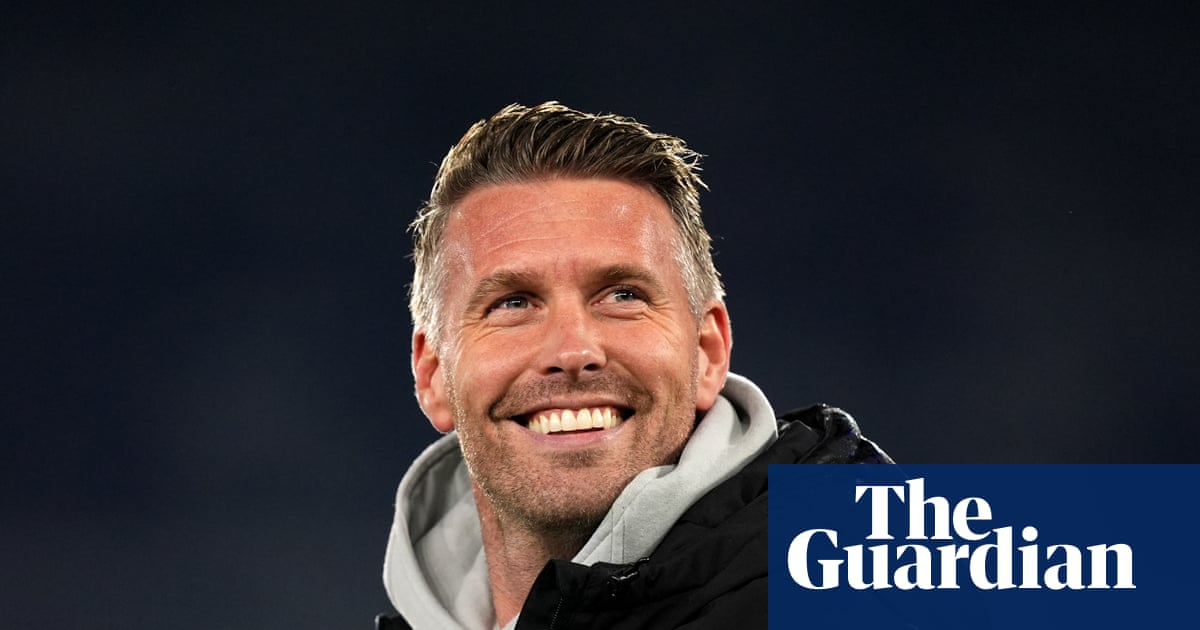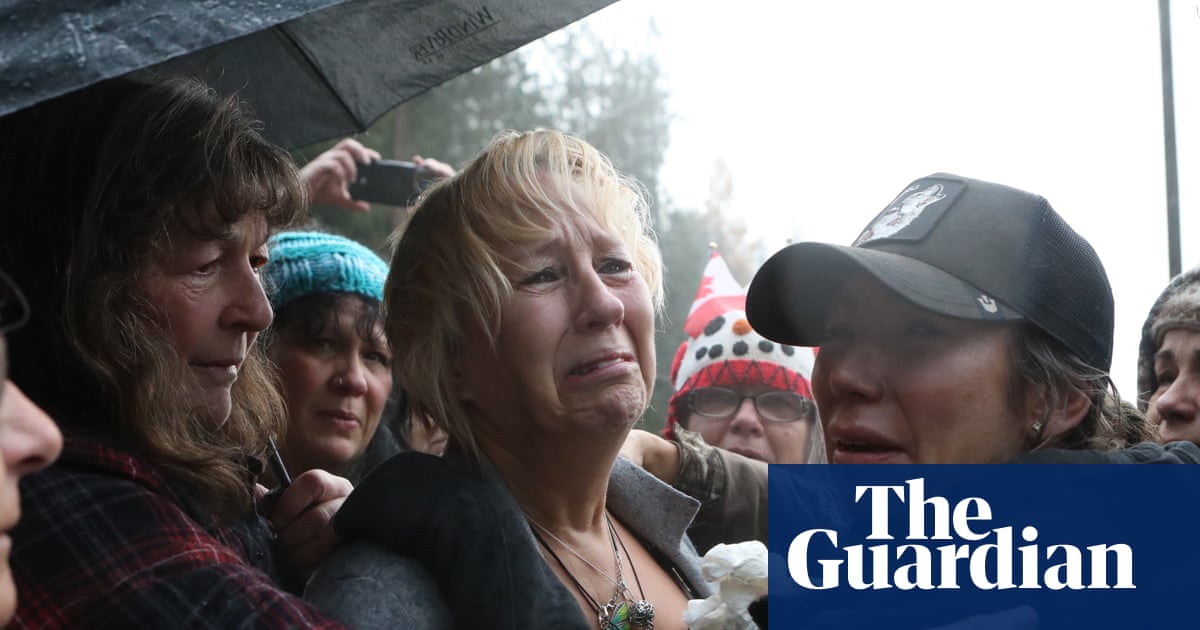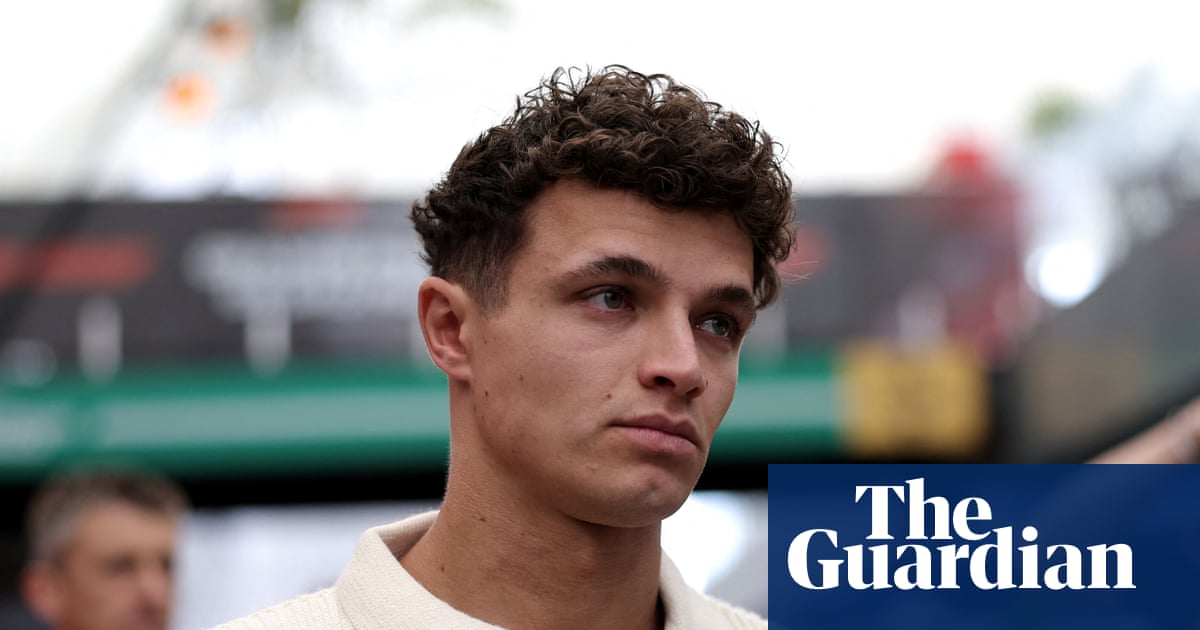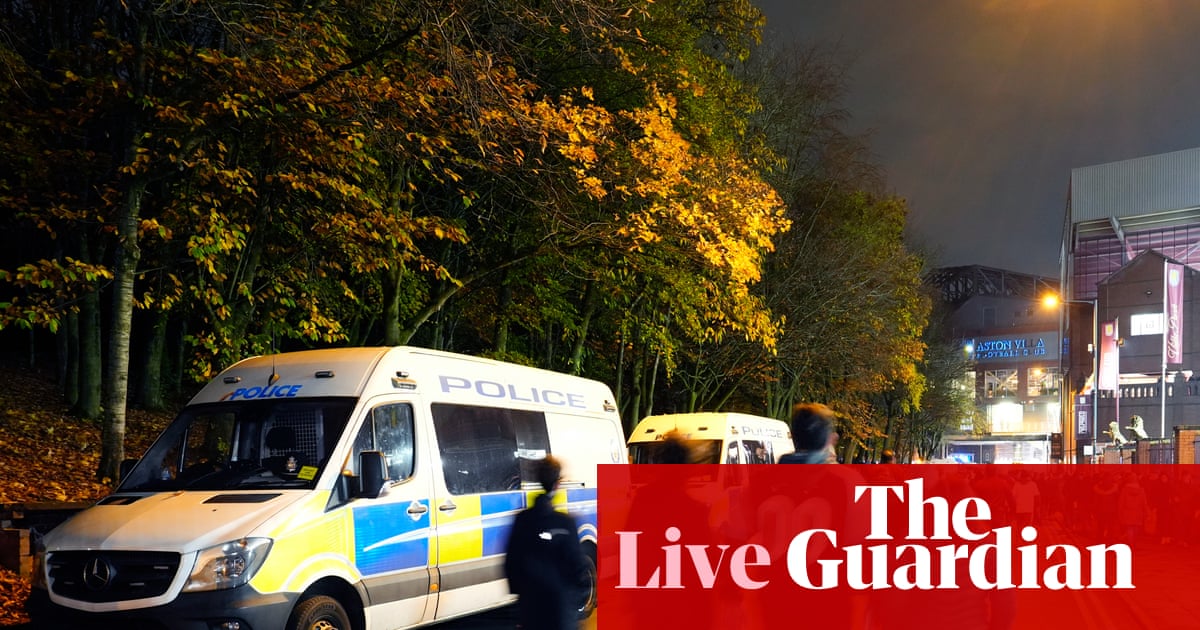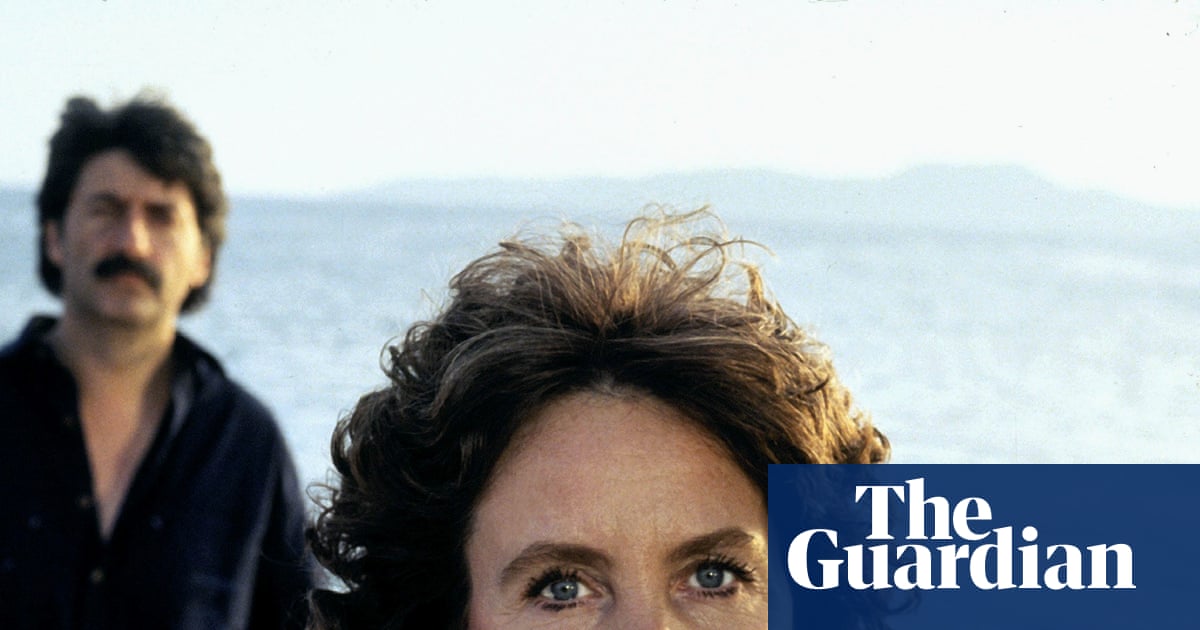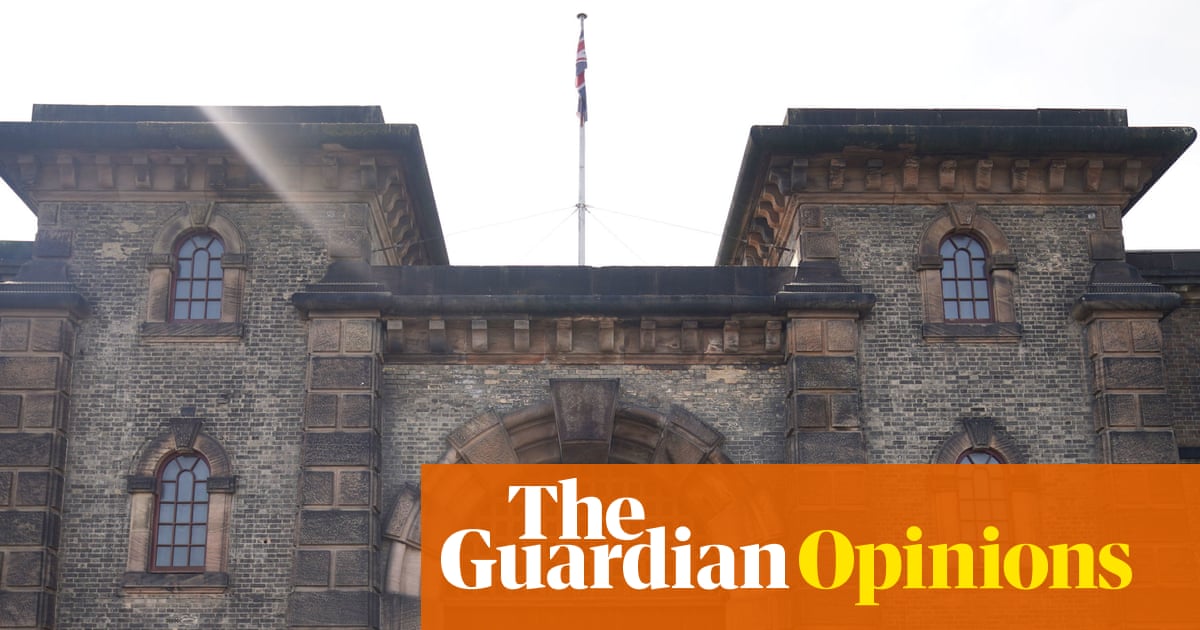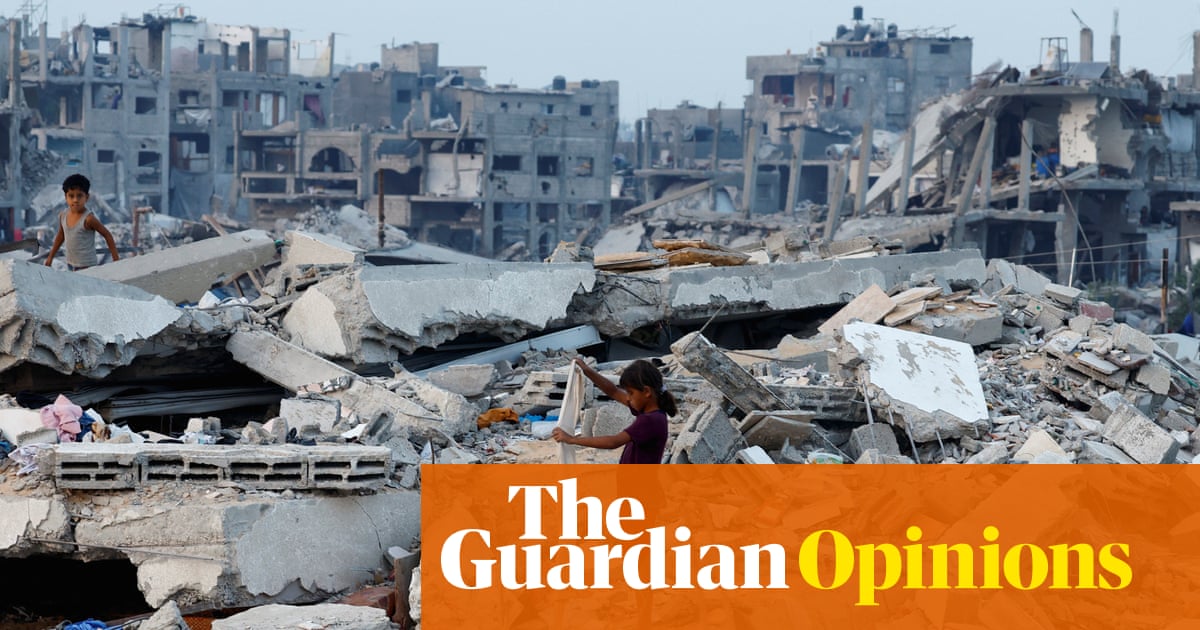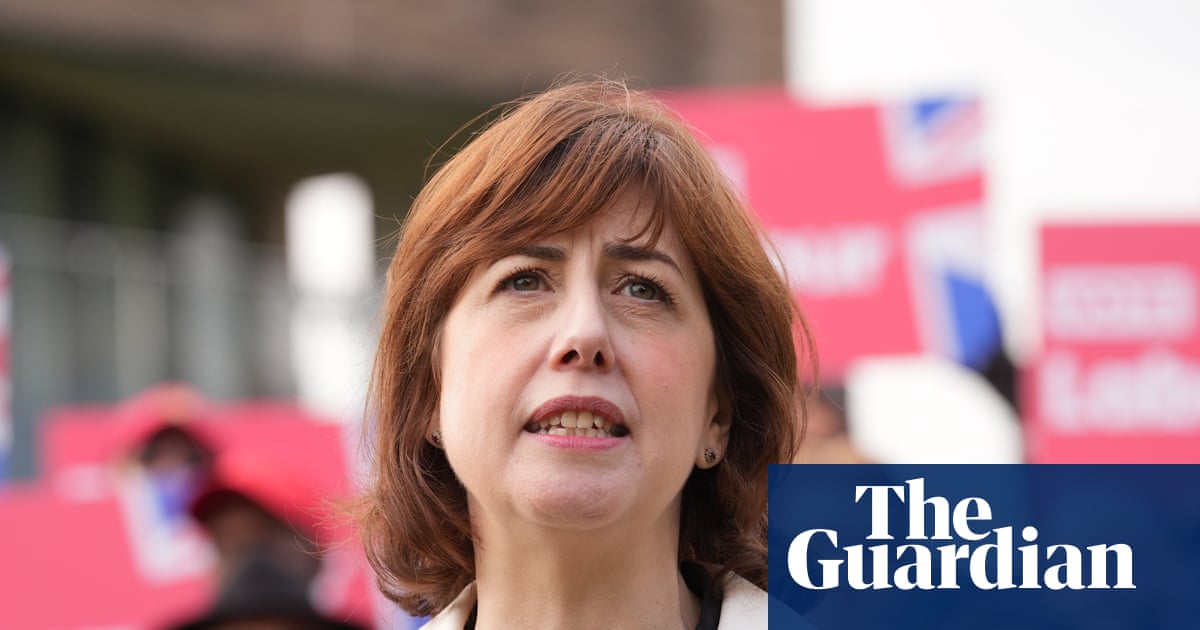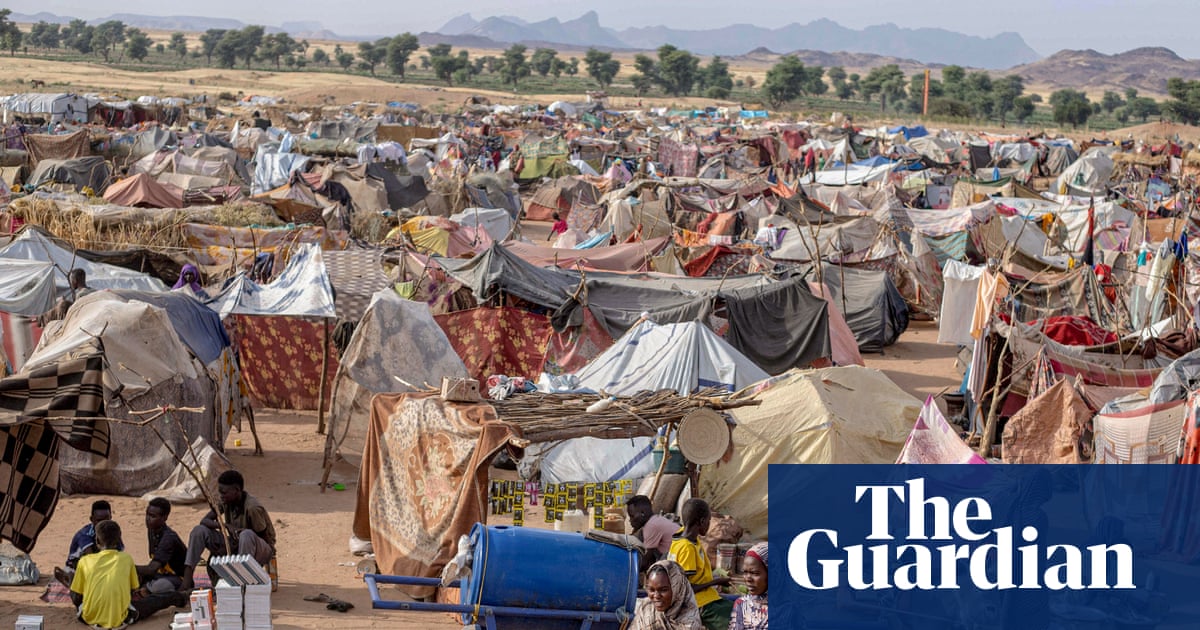For months, the threatening phone calls kept coming. First, allegedly from an ex-police officer and a retired army general, and then from the police themselves. Finally, Mohammad Khurshid Shaikh claims, he was summoned to the police station and told clearly: keep quiet or there will be real trouble for you.
Shaikh is among those fighting a multimillion-dollar project in which Dharavi – one of India’s largest and most storied slums – will be bulldozed and redeveloped by the multinational conglomerate Adani Group.
“The culture and ecosystem of Dharavi is like nowhere else in the world,” says Shaikh. “But they want to destroy our community and stop us speaking out.”
The dank gullies of Dharavi sit in stark contrast to the soaring skyscrapers and Bollywood penthouses that loom over the settlement. Homes are built haphazardly and often without proper sanitation, unregulated industries emit toxic smoke and the air is filled with the suffocating smell of open sewers.
To some, the promise of Dharavi transformed into a glistening neighbourhood of luxury high-rises, neat parks, shiny shopping centres and homes with two toilets is an aspirational dream come true.
“We don’t have proper healthcare, roads or drainage and there’s nowhere for children to play,” says A Selvin Nadar, 56, a chai seller who migrated from Tamil Nadu in 1982. “The only way is to tear it all down and build us new homes.”
But others, such as Shaikh, are resisting.
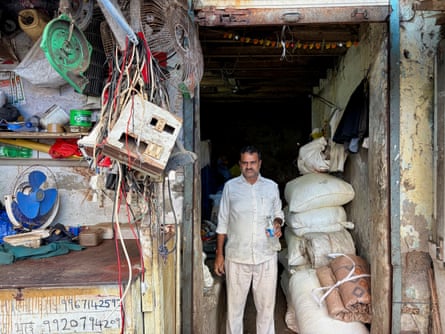
None deny that Dharavi, long neglected as an illegal encroachment, is in stark need of investment and development. Yet they fear that this plan – absent of public consultation – is one that will turn a piece of prime Mumbai real estate into a playground for the rich, forcing out the lower-caste, migrant communities who have been there since the late 1800s.
It was these shunned, displaced people who built up the empty marshland into a widely studied marvel of self-reliance and economic productivity, whose output is valued at between $1m and $2m a year – one of the largest informal economies in the world.
Of the roughly 1 million residents living in the dense 220-hectare (2.2 sq km), less than half will be eligible for new homes in the development, which is projected to take seven years to complete. Others will be shifted to wastelands and salt plains on the far outskirts of the city, threatening to fragment a generations-old community. Some will not get homes at all.
Those allowed to remain in Dharavi will be given apartments in tower blocks, a significant rupture from the organic, communal way of living and working that has sustained Dharavi for so long.
Industries from tailoring to pottery and recycling are likely to shrink in number and be moved to a designated “commercial zone” far from residences.
For those such as Shaikh, a leather artisan and third generation of his family to live in Dharavi, the plan presents an existential threat. His rickety, three-storey workshop makes leather coats – sharp blazers, suede trenches, studded bomber jackets – sold in high-end shops in south Mumbai and abroad.
His family lives in the rooms below and his workers and tailors – migrants from north India – also sleep there, enabling him to afford the labour. Outside Dharavi’s enclave, Mumbai rents are often 10 times as high for a single room.
Harassment and intimidation
In the government offices nearby, an illustrated mock-up of the Dharavi project depicts a very different vision for the future. Slickly dressed residents mill about on bicycles and e-vehicles, buying western-style baguettes and croissants and having coffee on a terrace outside Dharavi Cafe and Ice-Cream. It is a world away from the 20-rupee (18p) idli sambar breakfast and 5-rupee chai (3p) that sustains Dharavi’s community.
“This is not development for us,” says Shaikh. “It’s a massive real estate deal that will make it unaffordable for us to survive.”
There is also distrust of the Adani Group. Run by Gautam Adani – one of India’s most powerful tycoons and a close ally of the Indian prime minister, Narendra Modi – the conglomerate has faced accusations of crony capitalism and financial impropriety which it denies.
While the state government calls it a joint project, Adani Group paid $950m for its 80% stake. A case alleging that the project was unfairly awarded to Adani is being considered in India’s supreme court.

Since they began to vocally oppose the development, Shaikh and other residents claim they have been subjected to a long-running campaign of harassment and intimidation – including phone calls, direct threats and suggestions that speaking against the project was to speak against the country – by figures they allege work for Adani Group.
Among those accused of issuing the threats is Vilas Gangawane, a retired police officer. Gangawane confirmed to the Guardian he was working as an intelligence officer for Adani Group in Dharavi but denied any threats or coercion and said those who made the allegations had “malicious intentions”.
Navbharat Mega Developers Private Limited (NDML), the Adani-government entity handling Dharavi, said all accusations of intimidation and harassment were “unfounded” and that their survey had been done “with complete fairness and transparency”.
The project, they added, had received “enthusiastic support from the local community” and was under close supervision of the state government. “It is unfortunate that a small section with vested interests is spreading a false narrative to discredit the project and its officials,” the NDML spokesperson said.
Among residents, many illiterate and from the lowest strata of society, fears of displacement remain rife. Only those who can prove they were ground-floor residents before 1 January 2000 are eligible for a house in the new development.
One of the documents required to prove residency is an electricity bill – but Dharavi only got full electricity coverage in 2008. Though homes and workshops are scheduled for demolition within the next two months, the final masterplan for the development has still not been made public.
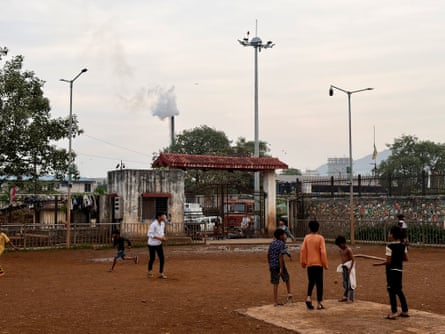
Jitender Jathwa, 48, is among 5,000 clay artisans working in Dharavi, where he is part of an efficient ecosystem built over four generations; the potters live next to their workshops and the pottery market.
“They are heartless to the survival of our craft,” says Jathwa. “How will I work if we are moved far away from our workshops? And even if I get a house in a shiny tower, how could I afford to maintain a place like that? Eventually I would be forced out.”
Mahendra Kalyankar, the government chief executive of the Dharavi project, denied that the development would ostracise and fragment the community and said he had not heard of residents facing pressure.
“A dignified house is a necessity for everyone,” says Kalyankar. “Everything has been minutely planned and taken into consideration. Dharavi can become a central business district if developed properly and it will be a paradise on earth for residents. Once we start the work, there will be no issues of trust.”
Kalyankar said the terms of rehabilitation for Dharavi residents were “much more generous” than other slum projects in Mumbai. Those who can prove they were residents between 2000 and 2011 will be moved to other designated sites and given new homes for 250,000 rupees (£2,200), still a significant sum for many.
Yet these sites are miles away from Dharavi and include Deonar, which has been a waste-dumping ground for decades. Officials said the site was being decommissioned but, when the Guardian visited, dozens of rubbish trucks were still dumping large quantities of Mumbai’s waste. The air was also heavily polluted, the result of methane fires at the dump and emissions from a nearby energy plant that burns rubbish.
Residents around Deonar said they were experiencing chronic health problems caused by the toxic air – a situation they described as devastating for their children.
“Why would they bring people from Dharavi here, it is not safe even to breathe,” says Jamal Ud Din, 39, a shoemaker whose house abuts the waste ground. “They will be moving them into hell.”

 12 hours ago
8
12 hours ago
8

